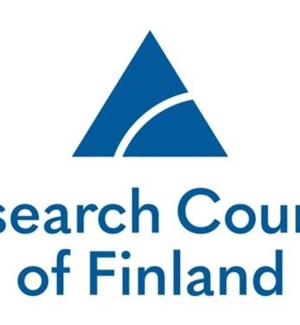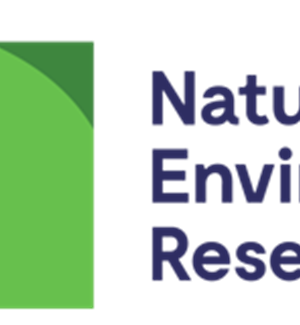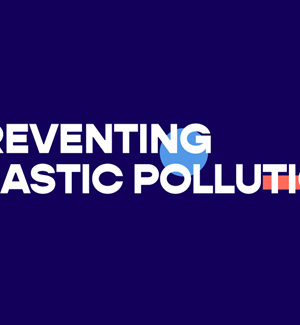- University of Warwick - United Kingdom,
- Bangor University - United Kingdom,
- University of Helsinki - Finland
The most abundant form of litter in the marine environment is plastic, and the negative and detrimental consequences of plastic debris on fish, reptiles, birds and mammals are well documented. The hard surface of waterborne plastic provides an ideal environment for the formation of biofilm for opportunistic microbial colonisers; however, our knowledge of how microorganisms interact with microplastics and alter the dispersal behaviour of marine plastics in the environment is a significant research gap. Biofilm at the interface between the plastic surface and the environment has been termed the 'Plastisphere', and although plastics are extremely resistant to decay, variability in composition determines their specific buoyancy and surface rugosity, which will dictate the extent of microbial colonisation and their ability for long distance dispersal. Furthermore, because plastic debris can persist in the marine environment longer than natural substrates, e.g. feathers and wood, it offers an opportunity for the wider dissemination of pathogenic and harmful microorganisms. Microplastics from clothes, cosmetics and sanitary products are now common constituents of sewage systems and they frequently bypass the screening mechanisms designed to remove larger waste items from being exported to coastal waters. Microplastics entering aquatic systems from waste water treatment plants (WWTPs) come in close contact with human faeces, hence providing significant opportunity for colonisation by faecal indicator organisms (FIOs) and a range of human bacterial pathogens. Importantly however, there have never been any studies investigating the ability of enteric viruses binding to microplastics (or binding to the biofilm on the plastic surface), and this now needs critical evaluation in order to understand this potentially novel mechanism for the environmental dispersal of enteric viruses. Furthermore, there is growing evidence that the plastisphere can promote gene exchange, and so determining the potential of plastisphere biofilms for providing the surface for anti-microbial resistance (AMR) gene transfer is of the utmost importance. There is currently a lack of fundamental understanding about the mechanisms by which microorganisms, particularly pathogenic bacteria and viruses, can "hitchhike" on microplastic particles and be transported to beaches, bathing waters, shellfish harvesting waters and high benthic diversity zones. Consequently, it is not yet possible to determine the risk from these potential pathways, or establish environmental monitoring guidelines for informing future policy or environmental regulation. Therefore, the novelty of this project is to quantify the processes that are occurring within the plastisphere, and understand the potential for the vectoring of pathogenic viruses and bacteria. Previous research on chemical co-pollutants present on plastics often fails to consider the likely impacts of plastisphere communities. Microplastics in the environment are potential vectors for these chemicals, which often desorb when ingested by marine species, and can accumulate in the food chain. Microbes in the plastisphere may either mitigate this problem through biodegradation, or enhance it by increased biofilm binding; however, most laboratory-based studies are carried out with pristine non-colonised plastics, and ignore the pivotal role the plastisphere plays on defining the risk of microplastics in the environment. By understanding the multi-pollutant and multi-scale effects of microplastics, the "Plastic Vectors Project" will help to establish a more accurate risk assessment of microplastics by taking into consideration the effects of harmful plastic-associated microbes together with chemical co-pollutants. Therefore, the "Plastic Vectors Project" aims to quantify the significance and function of microbes in the 'plastisphere', and will deliver feasible solutions for reducing these multi-pollutant risks.
Want to analyze based on this project via our analysis tool? Analyze this project
Knowledge Gaps
Degradation
Environmental fate and behavior of plastic
Environmental effects and ecotoxicity
Human toxicity
Human and environmental exposure test methods
Publications




